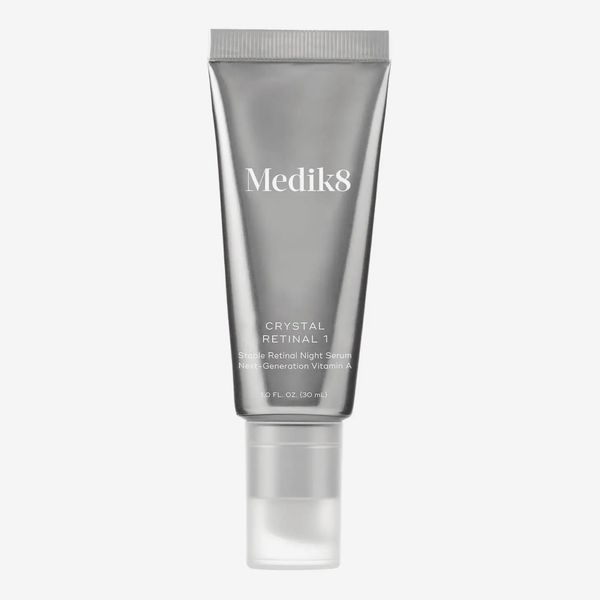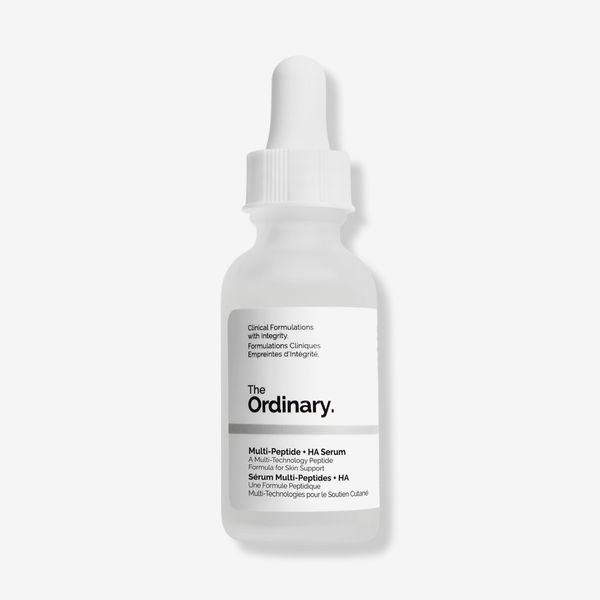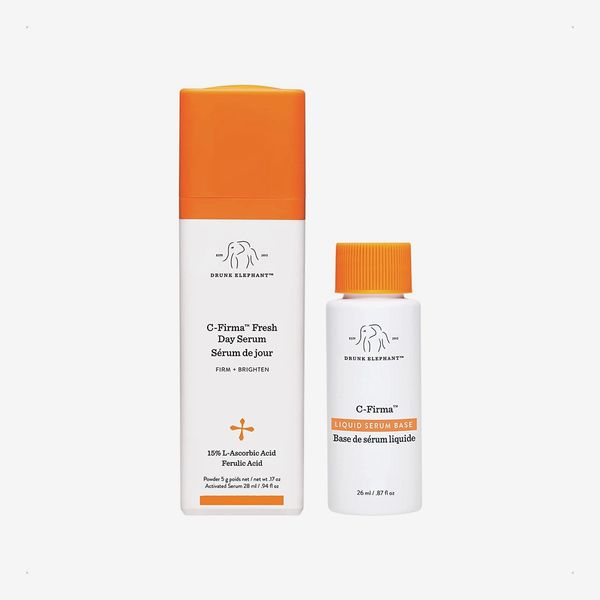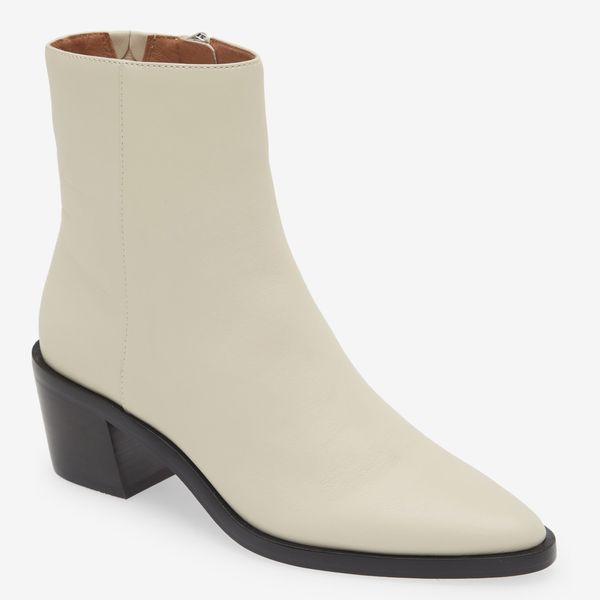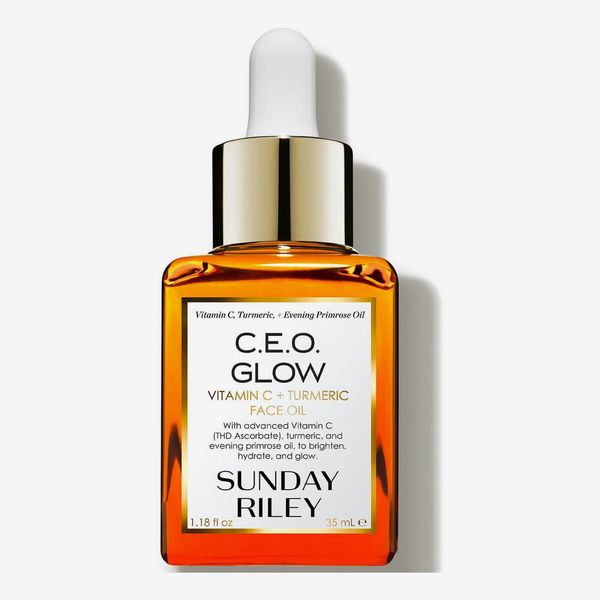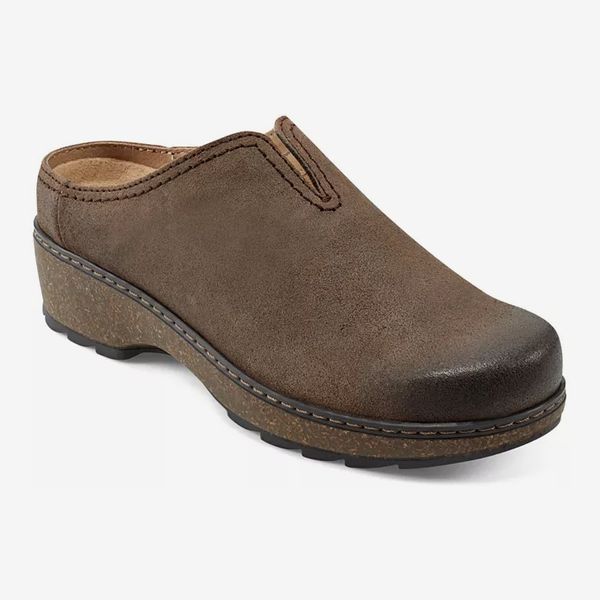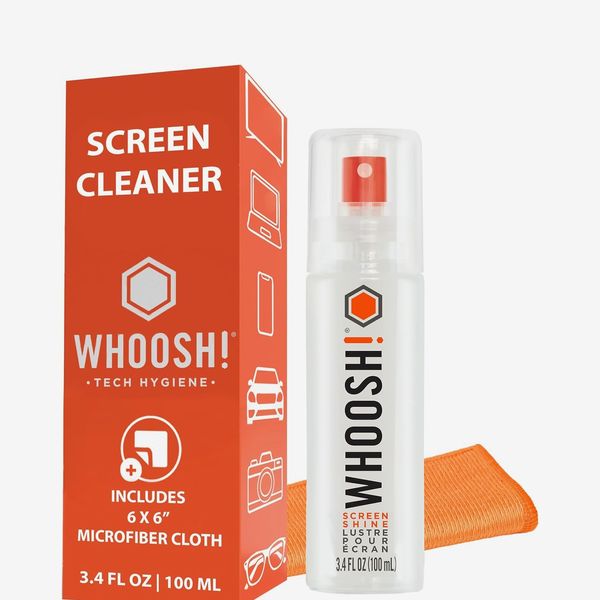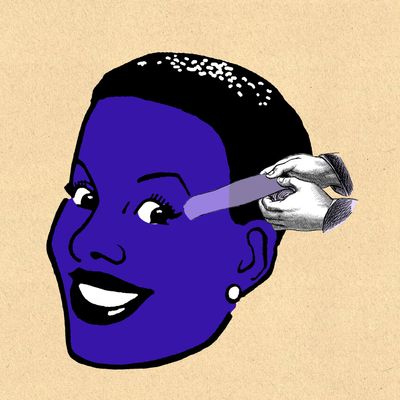
What is face taping?
When I think of face taping, I think of two methods. The first is the kind of face taping that celebrities and drag queens have been employing for decades. The tape (and sometimes strings) is subtly blended into the hairline to appear undetectable, and the tape lifts and snatches the face, usually for events and red carpets. More recently, rapper Doechii likes to wear her tape visibly — she uses it as an accessory.
The second kind of face taping is done overnight and involves applying adhesive patches of tape, silicone strips, or similar products before bed. In theory, the tape temporarily smooths and tightens your skin to deter your muscles from moving through the night, to stop both static and dynamic wrinkles from forming. “Static wrinkles come through the years — a wrinkle, a fold — but they’re there all the time, kind of like your nasolabial fold. A combination of different things can create them, like ligaments falling,” explains Dr. Jacob D. Steiger, a facial plastic surgeon. “Dynamic wrinkles are wrinkles that show when you frown. The muscle motion causes the vast majority of it. (Along with loss of collagen that occurs with aging of the skin.) But, ultimately, the 80 to 90 percent cause is the muscle continuously having a force on the wrinkle, making it deeper.”
For static wrinkles, the idea is that taping your face can prevent that ligament movement. For dynamic wrinkles, the idea is if you don’t frown, you won’t get frown lines. Sounds simple, right?
Does it work?
I say “idea” because each of the experts I spoke to (a dermatologist, a facial surgeon, and an otolaryngologist) agreed that overnight face taping is not effective at all. “Depending on if you are a side or back sleeper, wrinkles can form differently. Facial tapes are not strong enough to combat the facial compression — vertical lines, nasolabial fold deepening — that side sleeping leads to,” explains Dr. Nigar Ahmedli, a board-certified otolaryngologist specializing in facial surgery at Montefiore Einstein.
For those dynamic wrinkles, it’s the same story. “It might temporarily prevent muscle activation, potentially smoothing out wrinkles during application. However, this effect is short-lived,” says Steiger. “I mean, try to not move your forehead muscle — when you’re thinking about it, you can do it, but afterward, you very quickly forget. So the face taping is going to be a very short-lived effect. And I’m not talking about days. I’m talking about minutes. You take it off and that’s it.” Dr. Kiran Mian, a board-certified dermatologist at Hudson Dermatology, adds, “Face tape may work, if one were to wear it 24/7, which is not practical.” (Or safe!)
It’s this instant effect that makes face taping for red carpets or an instant lift super-effective, though. “Face taping for glamorous events will definitely help lift areas of the face, namely the brows, cheeks, and jowls along the jawline,” says Ahmedli.
How does face taping compare to Botox?
I’ve seen people touting face taping as an alternative to Botox (and other neurotoxins/neuromodulators), but there’s just no evidence that it’s even a fraction as effective. (Not that I’m telling you to get Botox, FYI.) Here’s the science: “What neurotoxin injections do is weaken the muscle, paralyzing it to a degree where it can’t make that wrinkle anymore, and that lasts between three to five months” explains Steiger. In that way, “neuromodulators work 24/7, whereas face tape only works while you are wearing it,” adds Mian.
So, okay, maybe it’s not as effective as Botox, but surely that eight hours of smoothness is doing a little something to help prevent dynamic wrinkles, right? Not so, say the experts I spoke to. “Botox will last you … call it four months. When it starts wearing off, all of a sudden you’re like, Whoa, those lines are back. It’s very obvious, and that’s from something that’s lasted continuously for three to four months of no motion,” explains Steiger. “So, here, we’re talking about six to ten hours of wearing tape: Right away, your wrinkles are going to come back within minutes.”
Neither Botox nor face taping works on static wrinkles, however. “Static wrinkles, like laugh lines and sleep lines, will not change with Botox. Fillers can sometimes help improve these lines when injected properly,” says Ahmedli. Again, an FYI to say that I’m not recommending filler, either — just if these static areas are your main concern, neither of these options are going to do much for you.
Is overnight face taping harmful? What are the side effects?
While face taping isn’t really effective, the experts agreed that it mostly isn’t harmful if you avoid certain adhesives. “Face tape can cause unnecessary and excessive pulling on the skin, which is not ideal. The adhesives used can also cause irritation or even allergic reactions,” says Mian. “In general, avoid tape with powerful adhesives, like duct tape. These can irritate the skin and even peel off areas of the superficial skin when removed,” adds Ahmedli.
Are there any benefits at all?
The experts agreed it’s a lot of effort for not a lot of return. “The most you’re getting out of it is the exfoliation of your skin using adhesive. You’re taking off dead skin,” says Steiger. “But you’ve got to be very careful, because it’s a very unregulated way of exfoliating. But I think that’s one of those unintended consequences that occurs that probably has more of an effect than the taping itself.”
To address wrinkles, what can I do instead?
I know we’re all on the hunt for that natural, overnight fix — but I have to report that face taping simply isn’t it. When it comes to addressing fine lines, wrinkles, and collagen loss, I’ll point you toward all of the usual suspects: SPF, retinoids, actives, light therapy. “For a lasting, long-term anti-aging solution, you should add actives to your daily skin-care routine that have been studied to help improve the skin’s firmness and elasticity from within,” said board-certified dermatologist Dr. Nazanin Saedi, when I did a similar investigation into collagen masks. “These include retinoids, peptides, and growth factors.”
The Strategist is designed to surface useful, expert recommendations for things to buy across the vast e-commerce landscape. Every product is independently selected by our team of editors, whom you can read about here. We update links when possible, but note that deals can expire and all prices are subject to change.

